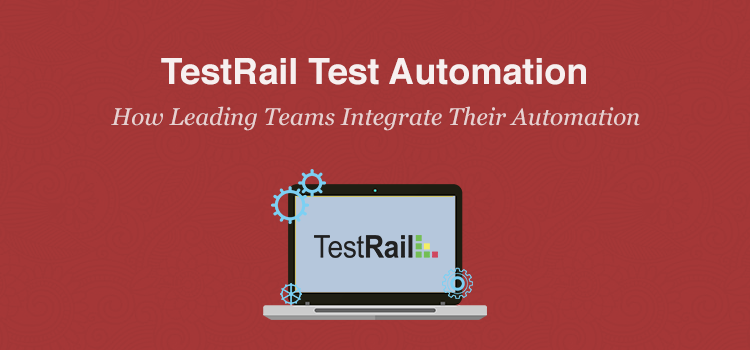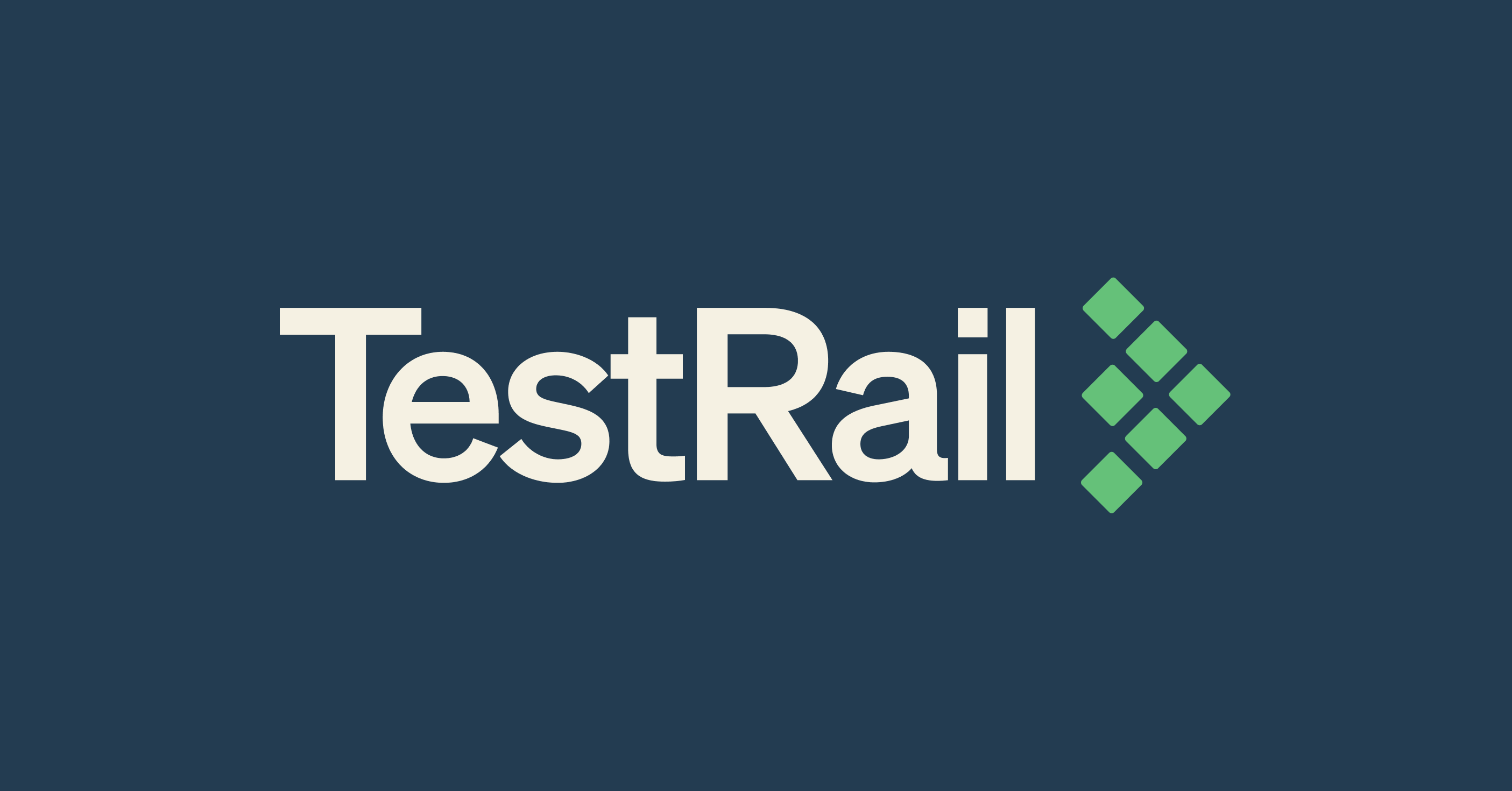Almost all of our customers integrate their test automation efforts with our modern test management tool TestRail at some point. The great thing about working with thousands of customers is seeing the many different ways teams use our product. Teams integrate TestRail with basically any test automation system available. This includes standard web testing tools like Selenium, JUnit & many other unit testing tools, countless commercial and mobile testing tools, CI tools like Jenkins and more. You can also find many test automation projects related to TestRail on GitHub and review our customization forum with additional customer contributions.
Today we want to review a few example implementations of how teams integrate their test automation efforts with TestRail. Many engineering and testing teams post about their TestRail integration experience on their blogs and websites and the following collection should be a great starting point for any team looking to build a more complex integration. To integrate TestRail with your automated tests you would simply use TestRail’s powerful API, so our API documentation is the best place to start.
BBC: Integrating TestRail with PhantomJS & Grunt
“This post is the latest in a regular series about the work of the BBC’s testing team. It’s about how we used PhantomJS for testing /programmes pages. We have extensively used PhantomJS for almost all sorts of automated testing including web acceptance testing, performance and accessibility testing.”
RetailMeNot: Managing Test Information With Robots
“Today we’re going to talk about TestRailSDK, an open source project, which allows us to connect our automated test suite to the TestRail Test Case Management tool. TestRail allows large and disparate teams to consolidate and manage test artifacts easily. Their user interface is clean, organization is easy, and the reports they generate should satisfy the needs of a typical QA team.”
Zoosk: The Magic of Automated Testing at Zoosk
“When I came to Zoosk in September of 2013, I didn’t know much about automation testing and how helpful it could be. [..] I soon discovered the impact that automated testing could have on the productivity of a QA team. I also found that writing an automation test framework could be an amazing experience interlaced with some interesting challenges. To give some insight into how we perform automated testing at Zoosk, I’ve broken down how our test lab is set up and what our framework code does.”
BruteForce: Automated Test Integration with TestRail & Local QA
“I recently completed a project with the goal of automating our functional testing infrastructure. I should actually call it semi-automation since a team of human engineers are still needed in order to build and fire test runs (which is not a downside, it was designed with that in mind). Below I will describe a rough plan for everybody who wants to do something similar.”
Vevo: Cucumber and TestRail Salad with Ruby Dressing
“You have finally completed your Automation Test Framework that was designed to save tons of manual labor for your company by automating repetitive and time-consuming test cases. Your fellow teammates are definitely happy that it is finally available for their disposal but it turns out that it is never being used as it was meant to. The problem lies in presenting the test results to your target audience. [..] Now, let’s talk how to make stuff you wrote useful for everyone!”
Got your own test automation project and integration for TestRail you wrote about? Make sure to leave a comment below with links to articles, your GitHub project or forum posting! And if you are new to TestRail, make sure to try TestRail free for 30 days and try TestRail’s API and test automation integration.








